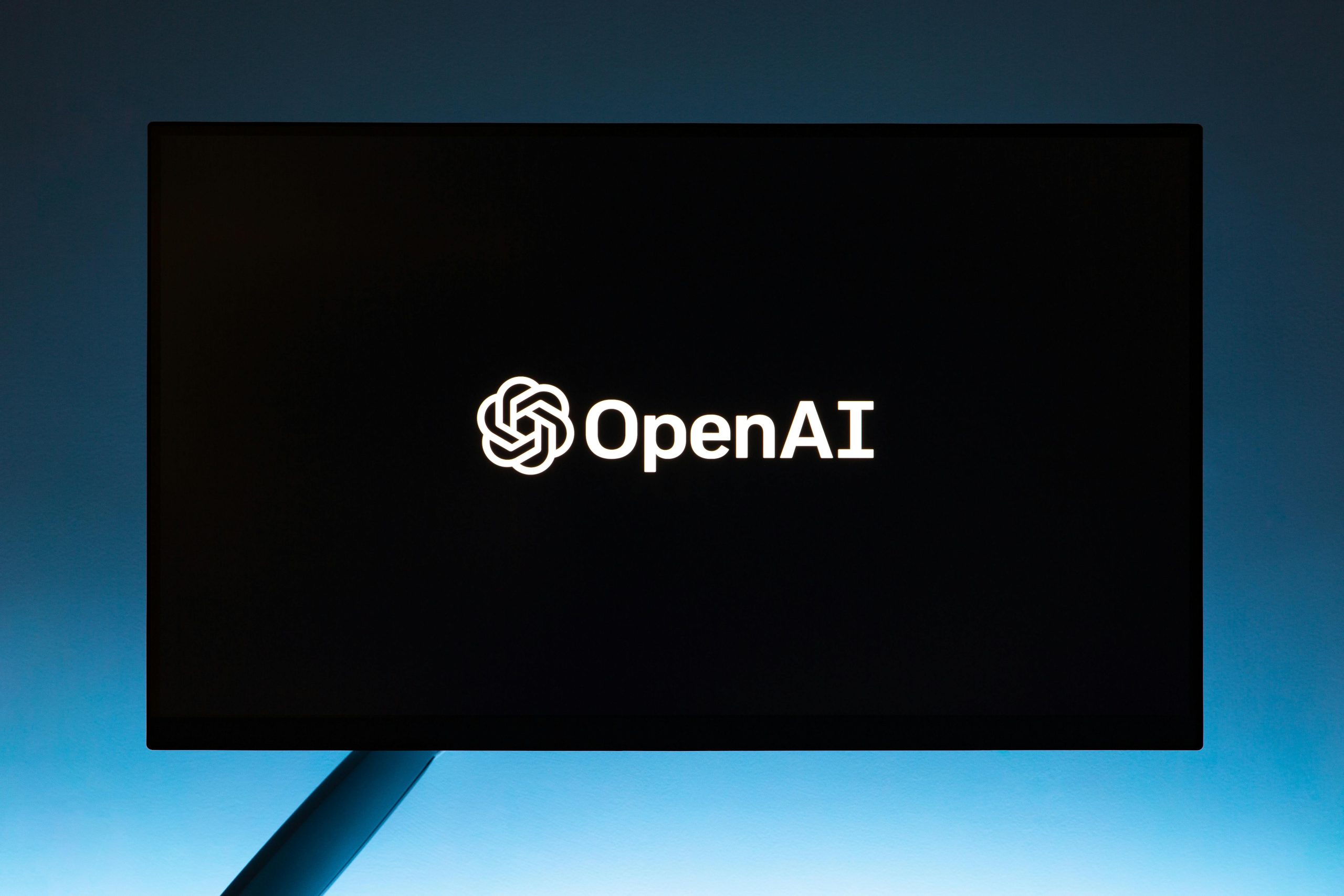Could Google’s Veo 3 Signal the Dawn of Interactive World Models?
Could Google’s Veo 3 Mark the Dawn of Interactive, Playable World Models?
The landscape of artificial intelligence is rapidly evolving, and recent developments point toward a fascinating future where AI models can simulate complex, interactive environments much like the real world. Notably, Google’s latest advancements suggest that we could be on the cusp of a new frontier: the emergence of playable world models.
Understanding World Models vs. Video Generation
Before diving into the specifics, it’s essential to distinguish between two key concepts: video-generation models and world models. Video-generation models are designed to produce realistic sequences of images or video clips, effectively synthesizing visual content. In contrast, world models simulate the dynamics within an environment—predicting how objects, entities, and scenarios interact and evolve over time. This simulation capability enables AI agents to understand and anticipate the consequences of their actions within a virtual or real-world setting.
Google’s Ambitious Vision with Gemini 2.5 Pro
Google is actively exploring the potential of these world models through its multimodal foundation model, Gemini 2.5 Pro. The company envisions transforming this model into an advanced simulation system that mirrors aspects of human cognition, allowing AI agents to navigate and interact within simulated worlds that reflect real-world physics and logic.
Recent reports highlight Google’s efforts to develop models that not only understand complex environments but can also generate interactive, playable worlds—akin to the immersive experiences found in modern video games. For example, in December, DeepMind introduced Genie 2, a model capable of creating vast, “endless” virtual worlds suitable for gameplay. This breakthrough points toward AI that can craft rich, dynamic environments for users to explore and engage with interactively.
Implications for AI and the Future of Interactive Content
The progression of these technologies hints at a future where virtual environments are no longer static or scripted but dynamically generated and responsive. Such “playable world models” could revolutionize gaming, training, virtual reality, and even real-world planning and simulation.
As Google continues to develop its AI capabilities, the notion of an interactive, human-like simulation environment moves closer to reality. Whether these advancements will lead to fully immersive, game-like experiences or serve more practical applications remains to be seen. Nonetheless, the trajectory is clear: we are entering a new era where AI-driven world modeling could redefine the boundaries of virtual and physical interaction.
Stay tuned as we follow these exciting developments, and keep an eye on how leading tech giants like Google are














Post Comment